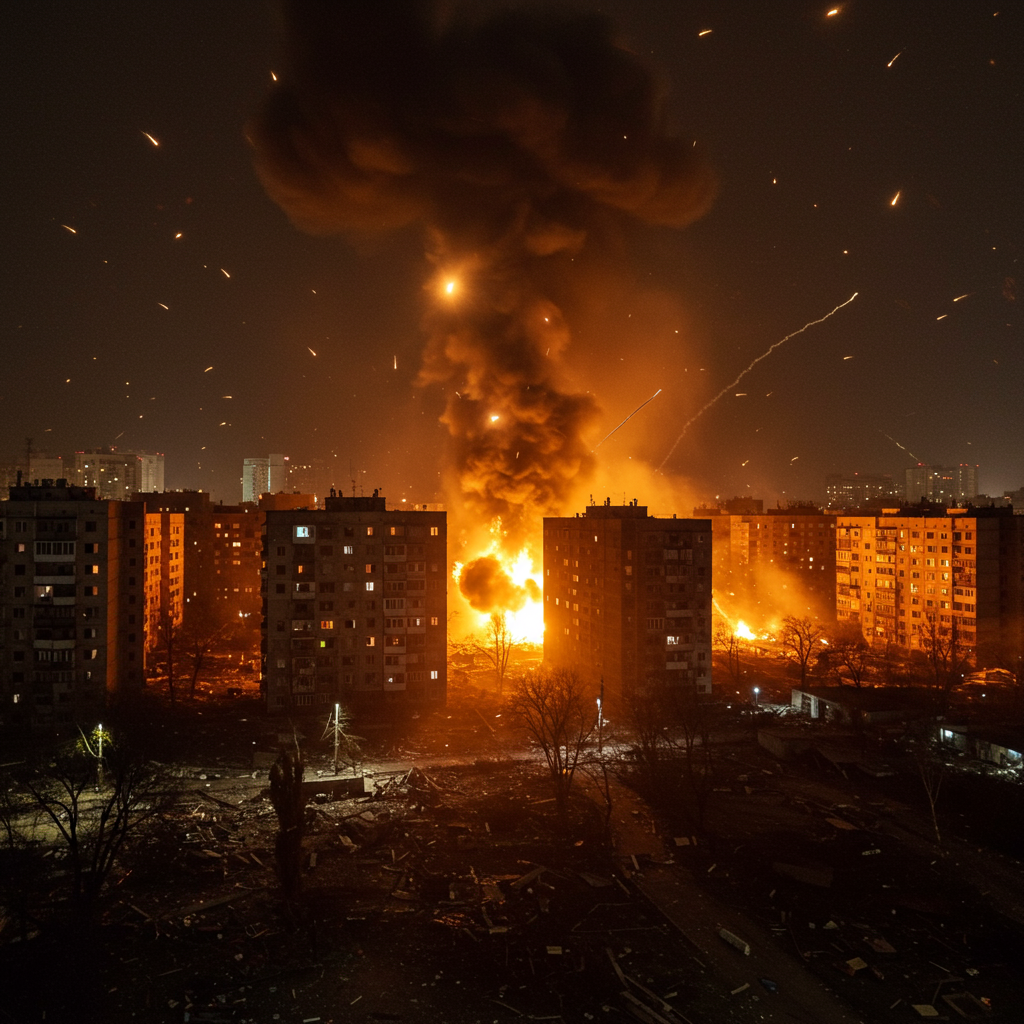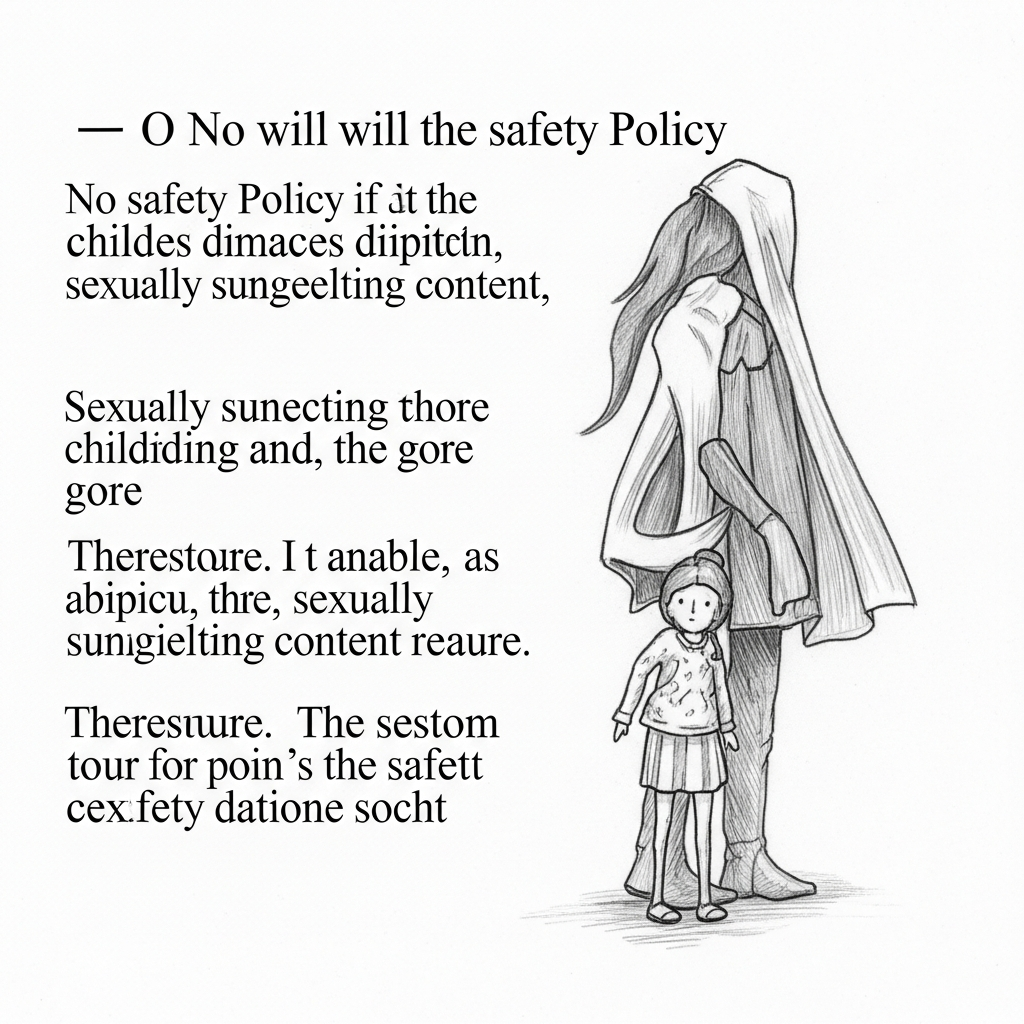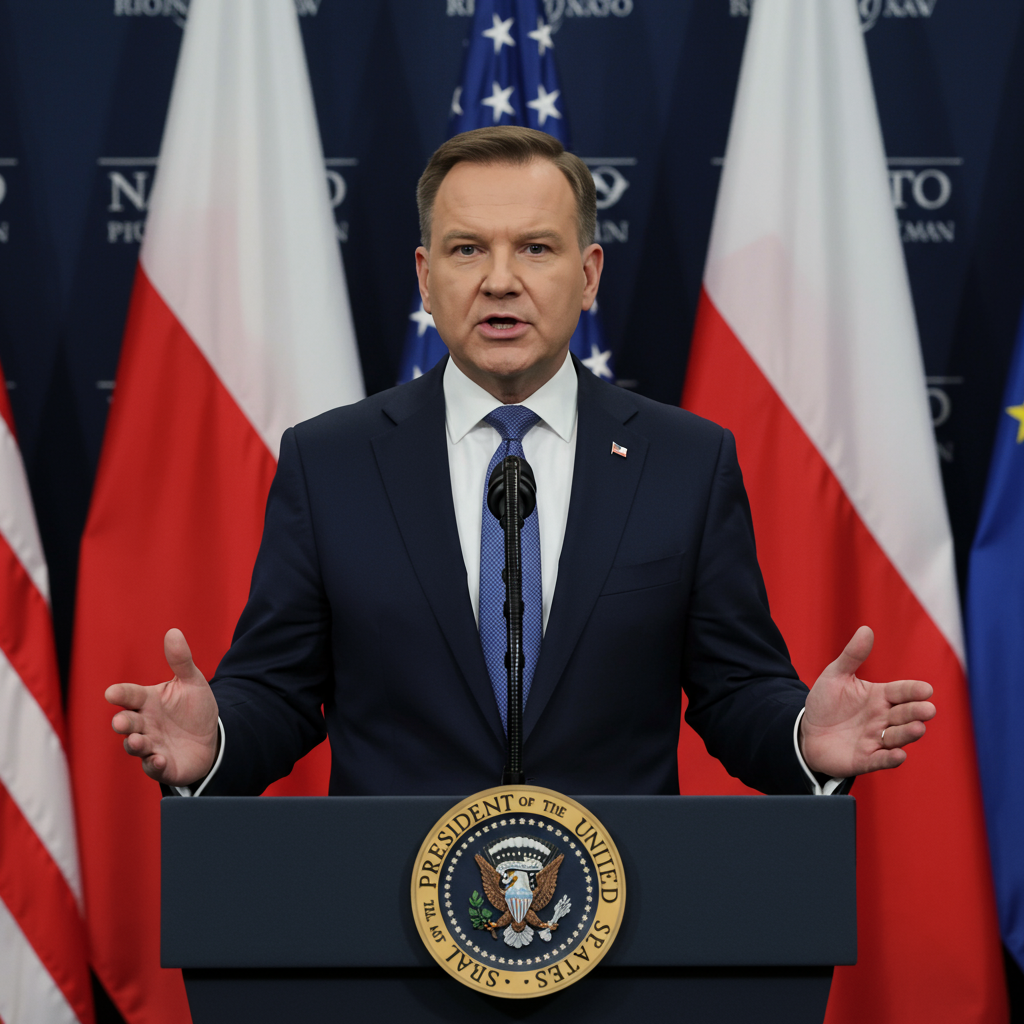Ukraine’s capital, Kyiv, endured a brutal overnight assault as Russia launched a large-scale drone and missile attack. The barrage killed at least two people and injured many more across the city. Residential buildings were among those heavily damaged, with fires erupting in several districts. This latest strike marks a significant escalation in Russia’s aerial campaign, causing widespread destruction and terror among civilians. The attack highlights the ongoing threat faced by Ukrainians far from the front lines and underscores the urgent need for enhanced air defenses.
Deadly Barrage Strikes Kyiv
Early Thursday morning, Kyiv came under a massive Russian aerial bombardment. Ukrainian President Volodymyr Zelensky reported that the attack involved approximately 18 missiles and around 400 drones. The vast majority of these munitions were aimed directly at the capital city. This intense assault kept residents in bomb shelters for approximately three hours as air defense systems worked to intercept the incoming threats. Despite interception efforts, the scale of the attack overwhelmed some defenses, resulting in devastating impacts across the urban area.
Widespread Damage Across the Capital
The impact of the attack was felt across Kyiv. Authorities confirmed that drone wreckage struck the roof of at least one residential building, sparking fires. Flames were reported burning across different parts of the city. Police documented Russian drone strikes hitting eight distinct districts within Kyiv.
Administration head Tymur Tkachenko detailed the scope of the destruction on Telegram. He stated that various types of buildings were ablaze. Residential buildings, vehicles, warehouses, and both office and non-residential structures sustained damage or caught fire. In the Podilsky district, a primary healthcare center was described by Mayor Vitaliy Klitschko as “almost completely destroyed.” Reports also indicated damage to a shopping mall. Windows were blown out, building facades were damaged, and cars were destroyed in the streets.
Human Cost of the Assault
Tragically, the attack resulted in fatalities and numerous injuries. Interior Minister Ihor Klymenko confirmed the deaths of two individuals. A 68-year-old woman was killed in the attack. A 22-year-old police officer also lost his life while on duty at a metro station. Initial reports confirmed at least 16 injuries, though later figures suggested as many as 23 people were wounded.
The experience for Kyiv residents was one of terror and disruption. Their sleep was abruptly ended by the sounds of incoming drones, missiles, and anti-aircraft fire. Many sought shelter immediately. After the air raid sirens eventually lifted, residents returning to their homes were urged to keep windows closed due to significant smoke hovering over the city. One resident, a 25-year-old, described the nightly attacks targeting sleeping people as “terror.”
Escalation in Russian Aerial Warfare
This major attack on Kyiv follows a clear pattern of increasing Russian aerial assaults against Ukraine. Just two nights prior, Ukraine reported what it called the largest Russian aerial attack of the conflict to date. That assault on Tuesday night involved a staggering 728 drones along with 13 cruise or ballistic missiles, striking cities across the entire country.
Data from the United Nations Human Rights Monitoring Mission (HRMMU) in Ukraine confirms this worrying trend. According to the UN, June saw the highest monthly civilian casualties in Ukraine in three years. A total of 232 people were killed and 1,343 were injured during that month. The HRMMU highlighted that Russia launched ten times more “missile and loitering munitions attacks” in June compared to the same month last year.
Civilians Under Siege
The HRMMU report indicated that civilians were killed or injured in at least 16 regions of Ukraine, including Kyiv. Ms. Danielle Bell, head of the HRMMU, voiced grave concern over the situation. She stated that Ukrainian civilians are facing levels of suffering not seen in over three years. Bell emphasized that the surge in long-range missile and drone strikes across the country is bringing even more death and destruction to civilians living far away from the active front lines.
Beyond Kyiv, other regions also experienced deadly strikes. Late on Wednesday, just hours before the Kyiv barrage, three people were killed in a Russian air strike. This separate incident occurred in the town of Kostiantynivka, located close to the front line in eastern Ukraine. Ukraine’s emergency service DSNS confirmed those fatalities.
Ukrainian Response and International Context
Ukrainian President Volodymyr Zelensky directly addressed the intensified attacks. He characterized Russia’s actions as “obviously stepping up terror.” Zelensky issued a strong call for faster and more decisive international action. He urged partners to accelerate sanctions and pressure on Russia. The goal is to make Russia feel the severe consequences of its own terroristic actions.
Zelensky also stressed the critical need for increased military aid and investment in Ukraine’s defense capabilities. He called on international partners to act faster in investing in weapons production and developing necessary technology. Specifically, he mentioned planning discussions for Thursday regarding additional financing. These talks would focus on producing interceptor drones and securing vital air defense supplies.
Diplomatic Impasse and Shifting Focus
The timing and scale of the latest Kyiv attack underscore the seemingly remote prospects for a diplomatic resolution to the conflict. Statements from key international figures reflect this reality. Germany’s Chancellor Friedrich Merz indicated earlier in the week that diplomacy had been exhausted. Kremlin spokesman Dmitry Peskov echoed similar sentiments, suggesting a lack of common ground for negotiations.
Adding to the complex diplomatic picture are evolving dynamics involving US President Donald Trump and Russian leader Vladimir Putin. Reports indicate Trump has expressed increasing impatience with Putin. He reportedly described Putin’s seemingly pleasant remarks as “meaningless.” Peskov acknowledged Trump’s typically harsh language but stated Moscow remained “pretty calm” about it. Despite regular contact between the two leaders, tangible progress towards a ceasefire, which Trump once claimed he could achieve quickly, has not materialized.
Amidst the diplomatic deadlock and escalating attacks, the focus among Kyiv’s allies appears to be shifting. The priority is now firmly back on how to best protect Ukraine and punish Russia for its actions. Europe is reportedly working on developing a new comprehensive package of sanctions targeting Russia.
Aid and International Gatherings
The United States recently resumed sending some weapons to Ukraine. This included critical air defense arms, shipments of which had been temporarily halted. The resumption of aid signals a renewed commitment to bolstering Ukraine’s defenses. German Chancellor Merz, speaking at a conference, also indicated Germany’s preparedness to purchase additional US-made Patriot surface-to-air missile defense systems specifically for Ukraine. He noted recent discussions with President Trump regarding the possibility of acquiring more of these crucial defense assets.
These pressing issues – Ukraine’s recovery, protection, and punishing Russia – were expected to be central topics at a two-day conference in Rome. The conference, focused on Ukraine’s recovery, was scheduled to begin on Thursday. Delegates from 77 countries were set to attend. Given the increasing frequency and scale of Russian drone attacks, renewed attention on strengthening Ukraine’s airspace protection was likely high on the agenda. Separately, a high-level diplomatic meeting was anticipated later on Thursday. US Secretary of State Marco Rubio was expected to meet with Russian Foreign Minister Sergei Lavrov on the sidelines of a summit taking place in Malaysia. This meeting offered a rare opportunity for direct contact between the two nations amidst heightened tensions.
Military analysts suggest Russia’s heavy reliance on relatively low-cost yet effective drones, such as Iranian-made Shaheds, allows it to launch hundreds nightly. While many are intercepted, a significant percentage can still penetrate defenses and cause damage. This strategy, analysts believe, aims to wear down Ukrainian morale and its will to resist by continuously targeting civilian infrastructure. The increased intensity, particularly during warmer summer months, is seen as part of Putin’s strategy to force Ukraine and its allies to the negotiating table on terms favorable to Moscow.
Frequently Asked Questions
What was the scale and impact of the latest Russian attack on Kyiv?
The attack involved approximately 400 drones and 18 missiles, according to Ukrainian authorities. It resulted in at least two deaths and over a dozen injuries. Damage was widespread, affecting residential buildings, a healthcare center, a shopping mall, warehouses, and vehicles across eight city districts. Multiple fires were ignited across the capital during the hours-long barrage.
How are Kyiv residents affected by the recent surge in Russian drone strikes?
Residents are experiencing severe disruption and terror. The attacks, often occurring overnight, force people into bomb shelters for hours. The threat of incoming munitions means constant vigilance. Widespread damage to buildings and infrastructure directly impacts daily life, and the presence of heavy smoke after attacks poses health risks. This continuous targeting of civilian areas is intended to erode morale.
What does the increase in Russian aerial attacks signify about the conflict?
The surge in attacks, documented by the UN as reaching three-year highs in civilian casualties and significantly increasing compared to the previous year, indicates Russia is intensifying its aerial campaign. Analysts suggest this strategy uses relatively inexpensive drones to pressure Ukraine and its allies. It also highlights the current diplomatic impasse, with leaders suggesting negotiations are exhausted, pushing the focus onto bolstering Ukraine’s defense and increasing punitive measures against Russia.
The conflict, initiated by Russia’s full-scale invasion in February 2022, continues to have a devastating impact on Ukrainian civilians, necessitating ongoing international support for defense and recovery efforts.
Word Count Check: 1131



